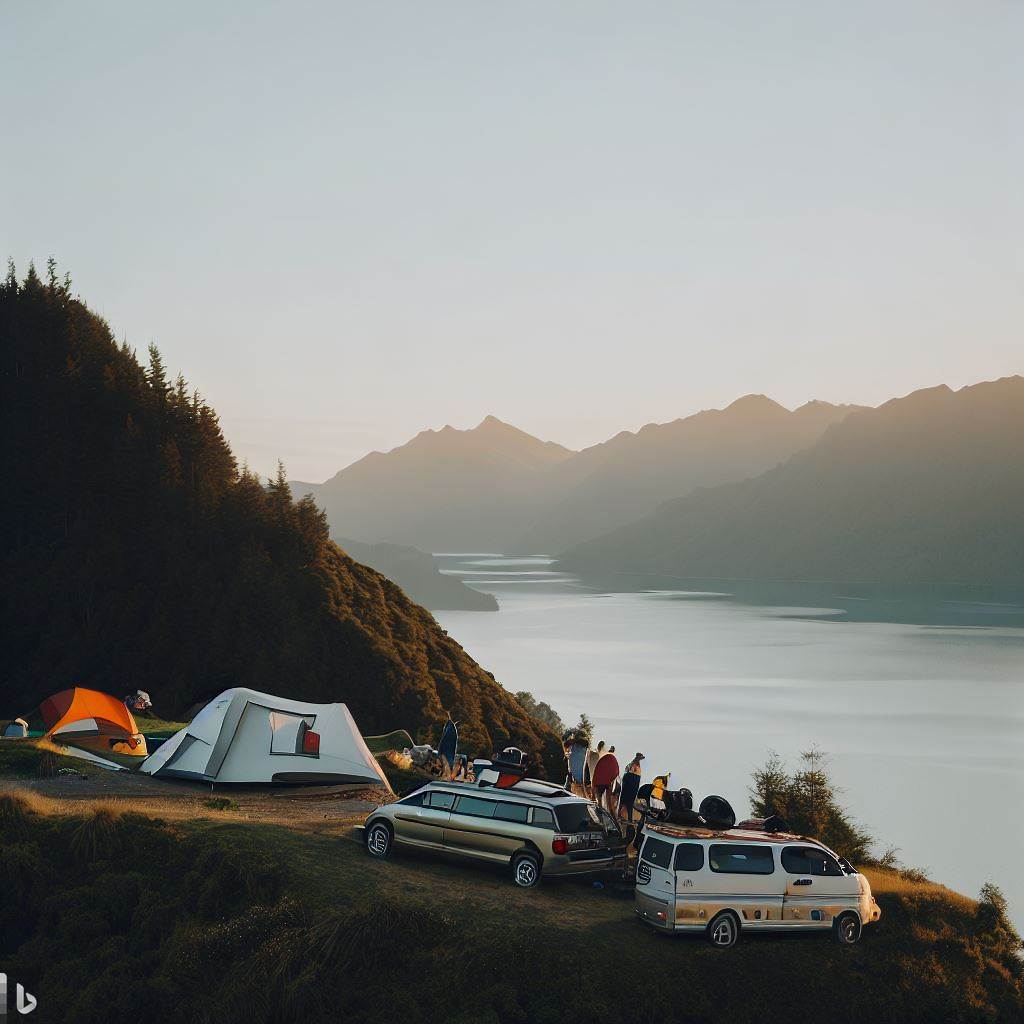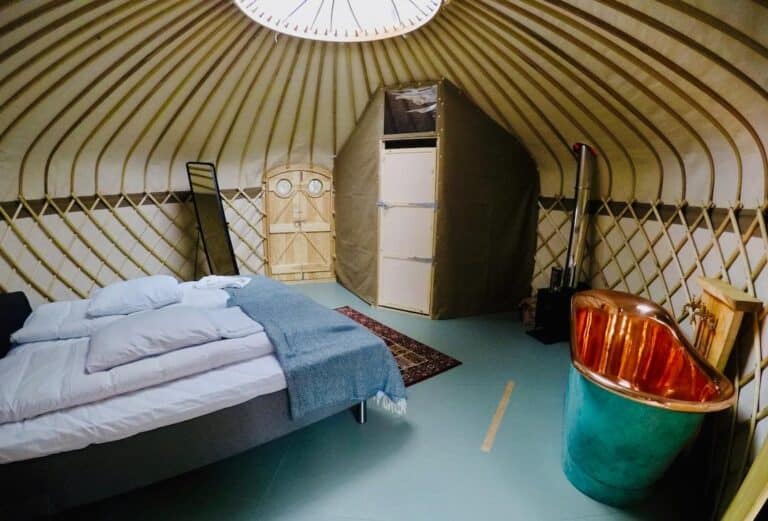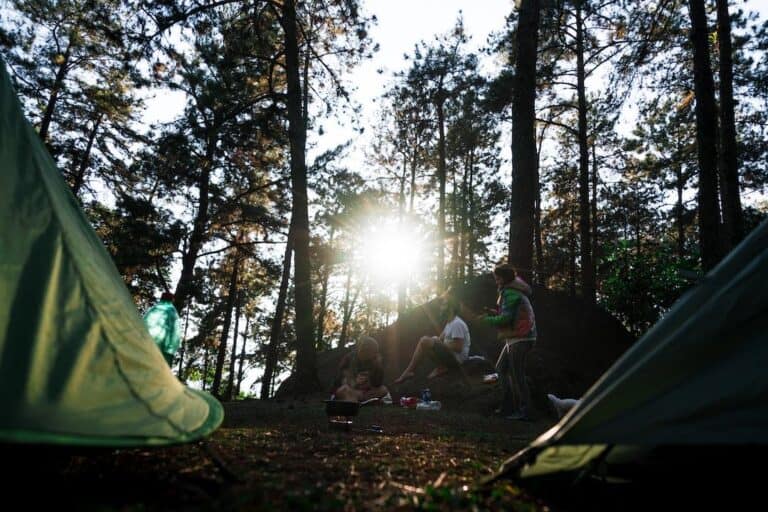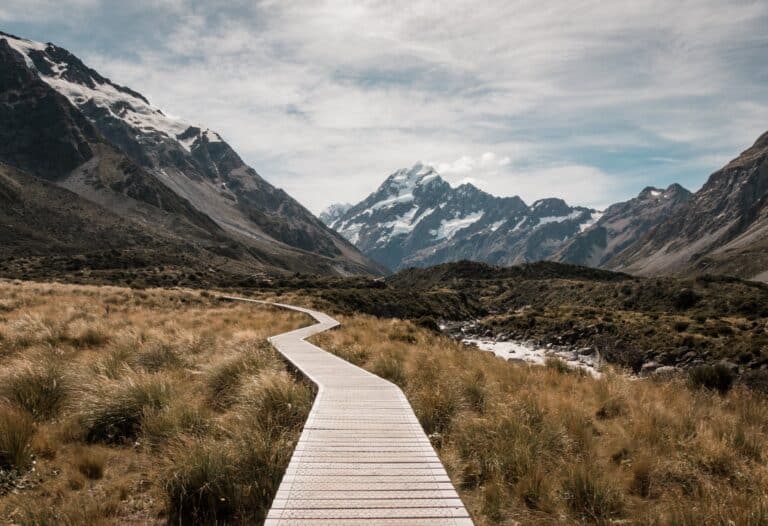What is Car Camping: The Ultimate Outdoor Guide
Regarding outdoor adventures, the question of “What is car camping?” often arises among enthusiasts. In this guide, we will explore the nuances of car camping to equip you with knowledge and gear for a successful outdoor excursion.
Car camping means having the convenience of using your vehicle as a base for all your gear and essentials while enjoying nature at designated campsites or dispersed locations. We will explore the differences between these two car-camping experiences and discuss how investing in quality equipment can enhance your adventure.
Additionally, we’ll cover essential items to pack for a successful car-camping trip, including insect repellents, personal hygiene products, and entertainment options. Planning is crucial when embarking on any outdoor excursion; thus, we’ll provide tips on informing others about your plans and finding the perfect destination for your getaway.
Lastly, we’ll compare public versus private land options when choosing where to set up camp and share resources to help you find free campsites nationwide. So buckle up as we embark on an informative journey answering “What is car camping” in-depth!
Table of Contents:
- The Basics of Car Camping
- Designated Campsites with Amenities
- Dispersed Car-Camping for a Remote Experience
- Choosing Your Gear for Car Camping
- Planning and Preparing Your Trip
- Public vs. Private Land Car Camping Experiences
- Finding the Ideal Car Camping Spot
- Debunking Common Car Camping Criticisms
- FAQs in Relation to What is Car Camping
- Conclusion
The Basics of Car Camping
Car camping is a popular outdoor activity that involves setting up camp near your vehicle at designated campsites or dispersed locations on public or private land. It allows for the convenience of bringing more gear and supplies than other forms of camping, such as backpacking, bike camping, or canoe camping.
Designated Campsites with Amenities
When you’re car camping, established campgrounds are an excellent option for those who prefer access to amenities like picnic tables, tent pads, restrooms, and sometimes even showers. These sites can be found nationwide in national parks, state parks, and private campgrounds. The National Park Service website provides campground information for all national parks, while websites like Reserve America help you find available spots in public and private campgrounds.
Dispersed Car-Camping for a Remote Experience
If you want to get away from it all and enjoy a more secluded experience in nature’s beauty without neighbors nearby, dispersed car camping might be just what you need. Dispersed camping means setting up your site outside established campgrounds on public lands such as national forests or Bureau of Land Management (BLM) areas. This car camping type offers greater freedom but requires adhering to specific regulations like fire restrictions, bear safety, and practicing Leave No Trace principles. The U.S. Forest Service website provides information on finding dispersed camping locations and understanding the applicable rules.
Choosing Your Gear for Car Camping
Regarding camping with a car, you don’t have to go for super-lightweight stuff made only for backpacking trips. However, investing in quality gear may be worthwhile if you plan on going car camping multiple times yearly. REI offers rental services and used gear sales which could save money while ensuring comfort during your trip.
Essential items to pack
- Sleeping bag: Opt for a sleeping bag rated for the expected temperature range of your camping destination.
- Sleeping pad: A comfortable and insulated pad is crucial for a good night’s sleep.
- Tent: Choose a tent with enough space and proper ventilation that can withstand potential weather conditions.
- Camp chairs: Lightweight and portable camp chairs provide seating around the campfire or at picnic tables.
- Cookware and utensils: Bring pots, pans, plates, cups, and eating utensils suitable for cooking over a camp stove or fire pit.
- Camping Cot: the ultimate in sleep comfort. Be sure to check out our essential guide to the best camping cots.

Planning and Preparing Your Trip
Planning and preparing adequately is essential before embarking on your car camping adventure. This includes informing someone about where you’re headed and when you’ll return – this ensures safety should any emergencies arise during your trip. Picking an ideal destination might seem challenging, but starting with famous state or national parks within driving distance is an excellent place to begin exploring nature’s beauty.
Informing Someone About Your Plans
Telling a friend or family member about your car camping plans is crucial for ensuring your safety in the wilderness. Share details such as the national park service, campground information, estimated arrival/departure times, and contact numbers of nearby establishments (e.g., ranger stations). In emergencies like getting lost or injured, having someone aware of your whereabouts can make all the difference.
Selecting the Perfect Destination
- National Parks: The United States boasts numerous national parks that offer fantastic car camping experiences. Discover a range of picturesque places from the renowned Yellowstone National Park to lesser-known havens such as Great Basin National Park – there’s something for everyone who enjoys car camping. Visit the National Park Service website for more information on campgrounds and amenities.
- National Forests: For those seeking a more remote experience away from established campgrounds, dispersed camping in national forests may be just what you need. Check out websites like the USDA Forest Service for regulations and guidelines on finding free camping spots.
- State Parks: State parks often provide excellent car camping options, with well-maintained facilities and beautiful natural surroundings. Visit your state’s park service website for campground information and reservation details.
Remember to research bear safety measures if you plan camping in bear country and any other wildlife precautions specific to the area you’ll be visiting.
Public vs. Private Land Car Camping Experiences
Car camping offers a variety of experiences depending on whether you choose to camp on public or private land. Before embarking on your car camping adventure, weighing each option’s advantages and disadvantages is essential.
Dispersed Camping on Public Lands
Dispersed camping is allowed in many national forests and other public lands across the United States. This car camping type provides greater freedom for choosing your ideal spot. Still, it requires adherence to specific regulations such as fire restrictions, leave-no-trace principles, and bear-proof food storage practices. Additionally, you may need to bring your water supply if no potable sources are available nearby.
- Bear safety: When camping in bear country, always correctly store food and scented items using approved containers or hanging methods.
- National Park Service guidelines: Follow all rules the National Park Service sets when dispersed car camping within national parks boundaries.
- Finding free campsites: Use resources like the US Forest Service website or apps like iOverlander to find suitable locations for dispersed car camping.

Designated Campsites at State Parks and Private Campgrounds
If you prefer more amenities during your stay, designated campsites can be found at state parks or private campgrounds. These sites often provide picnic tables, tent pads, restrooms with showers, electricity hookups for RVs (if needed), playgrounds for children, and sometimes even laundry services. However, these established campgrounds may have fees and require reservations, especially during peak seasons.
- State parks: Visit the websites of your desired state parks to find campground information, availability, and reservation options.
- Private campgrounds: Search online directories like KOA or use apps such as Hipcamp to locate private campgrounds with varying amenities.
Be courteous to the environment and fellow campers while car camping by adhering to all rules set out by land management or campground proprietors. Remember to bring your car camping essentials such as camping gear, a camp stove, camp chairs, a camping pillow, a camping lantern, sleeping bags, and a sleeping pad. Happy camping.
Car camping can be done on public or private land, each with benefits and drawbacks. Dispersed camping in national forests offers more freedom but requires adherence to regulations. In contrast, designated campsites at state parks or private campgrounds offer amenities but may have fees and require reservations. Always follow the rules and regulations and bring the necessary gear for a successful car camping experience.
Finding the Ideal Car Camping Spot
Discovering the perfect car camping destination can make all the difference in your outdoor experience. Whether you prefer established campgrounds with amenities or remote, dispersed camping locations, plenty of options are available for every type of camper.
Keep Colorado Wild Pass
To explore Colorado’s wilderness, consider obtaining a Keep Colorado Wild Pass ($29/year). This pass grants access to various state parks and national forests within the state, allowing you to enjoy picturesque landscapes while supporting conservation efforts. With numerous car camping spots scattered throughout these protected areas, finding an ideal location is a matter of personal preference.
Utilizing resources like freecampsites.net
An excellent resource for locating free campsites across US public lands is freecampsites.net. This user-generated platform offers information about free camping destinations on both national and state park land. By using this website as your guide, you’ll be able to find hidden gems that cater specifically to car campers.
- National Parks: The National Park Service provides campground information on its official website (nps.gov/findapark/index.htm). Here, you can search by park name or browse a list of popular sites with tent pad availability and picnic tables.
- National Forests: Many national forests offer dispersed car-camping opportunities alongside more developed sites. Visit the United States Department of Agriculture’s Forest Service website (fs.usda.gov) for information on specific forests and their car camping options.
- State Parks: State park websites typically provide campground information, including details about car-camping sites. For example, California State Parks’ official site (parks.ca.gov) allows you to search by location or activity type to find the perfect spot for your next adventure.
By utilizing these resources and keeping an open mind, you’ll be well on your way to finding the ideal car camping spot that suits your preferences and needs. Car camping means you can bring all the camping gear you need, including car camping essentials like a camp stove, camp chairs, a camping pillow, sleeping bags, and a sleeping pad. When you’re car camping, you’re camping close to your car, which makes it easy to access your gear and stay comfortable. Additionally, if you’re camping in bear country, practicing bear safety and keeping your car close is essential.
To find the perfect car camping destination, consider obtaining a Keep Colorado Wild Pass or using resources like freecampsites.net. National parks, national forests, and state parks offer various car camping options with amenities or remotely dispersed locations to suit every camper’s preference. Remember to practice bear safety and keep your gear close when camping in bear country.
Debunking Common Car Camping Criticisms
Despite its popularity, some people argue against car camping due to perceived downsides such as the time-consuming process of packing and unpacking gear, sleeping discomfort in tents, and lack of immersion in nature compared to backpacking. However, car camping offers a more affordable alternative to renting cabins while providing access to hiking trails and outdoor activities.
Time-consuming Packing/Unpacking Process
One common criticism is that packing and unpacking for a car camping trip can be time-consuming. While it’s true that organizing your gear may take some effort initially, with practice, you’ll become more efficient at preparing for your trips. Investing in proper storage solutions like camping storage containers will help keep everything organized and make the process much smoother.
Sleeping Discomfort and Nature Immersion
- Sleeping Comfort: It’s important not to skimp on essential items like a quality sleeping bag, sleeping pad, camping cot, or air mattress when planning your car camping adventure. These investments ensure a comfortable night’s sleep after spending the day exploring national parks or state forests.
- Nature Immersion: Although you’re close to your vehicle during car camping excursions, this doesn’t mean you won’t experience nature up close and personal. Many established campgrounds are within walking distance of scenic viewpoints or trailheads leading into pristine wilderness areas where you can hike, bike, or paddle to your heart’s content.
By selecting car camping as an economical way to experience nature, one can create a unique and fulfilling outdoor adventure. By addressing common criticisms and making intelligent choices regarding gear and planning, you can create a memorable experience that rivals any other form of camping.
FAQs in Relation to What is Car Camping
What is Car Camping?
Car camping refers to the outdoor adventure where you use your vehicle as a base camp, allowing easier access to gear and amenities. It typically involves driving directly to a designated campsite or parking area and setting up your sleeping arrangements nearby, either inside the vehicle or in tents.
Is Car Camping Real Camping?
Yes, car camping is considered real camping. While it may offer more convenience compared to traditional backpacking or wilderness adventures, it still provides an opportunity to connect with nature and enjoy outdoor activities like hiking, fishing, and stargazing.
What is the Difference Between Camping and Car Camping?
The main difference between traditional camping and car camping lies in accessibility. Car camping allows you to drive directly to your campsite with all necessary equipment stored in your vehicle. Traditional tent-based or backpacking trips require carrying gear on foot over long distances before reaching the desired location.
What is Another Name for Car Camping?
Another name for car camping is “drive-up” or “vehicle-accessible” camping. These terms emphasize the ease of accessing campsites by driving rather than hiking long distances while carrying heavy gear on foot.

When you’re car camping, having the right gear is crucial. Some car camping essentials include a camp stove, camping pillow, sleeping bag, camping lantern, camping cot, and sleeping pad. If you want free camping, dispersed camping is a great option. You can also check out established or private campgrounds for amenities like picnic tables and tent pads. Research campground information beforehand, especially camping in bear country. The National Park Service and state parks are great resources for finding camping destinations and bear safety tips.
Conclusion
For those who enjoy outdoor recreation, car camping is an accessible and enjoyable way to explore nature. From designated campgrounds with amenities to dispersed car camping on public lands, many options exist for those who love spending time in nature. When choosing your gear, it’s important to consider whether you want to rent or buy equipment and pack essential items.
Meal planning and preparation tips can help make your car camping experience even better. Portable cooking systems and easy-to-cook recipes are great options for preparing meals while enjoying the outdoors. Safety measures should also be considered when selecting a suitable location, informing others about your plans, and considering public land versus private campgrounds.








wow great job. Very informative.